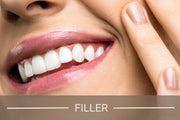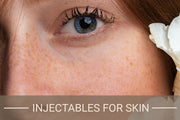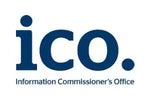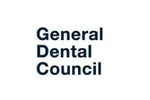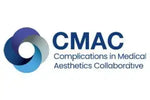Microneedling Before And After
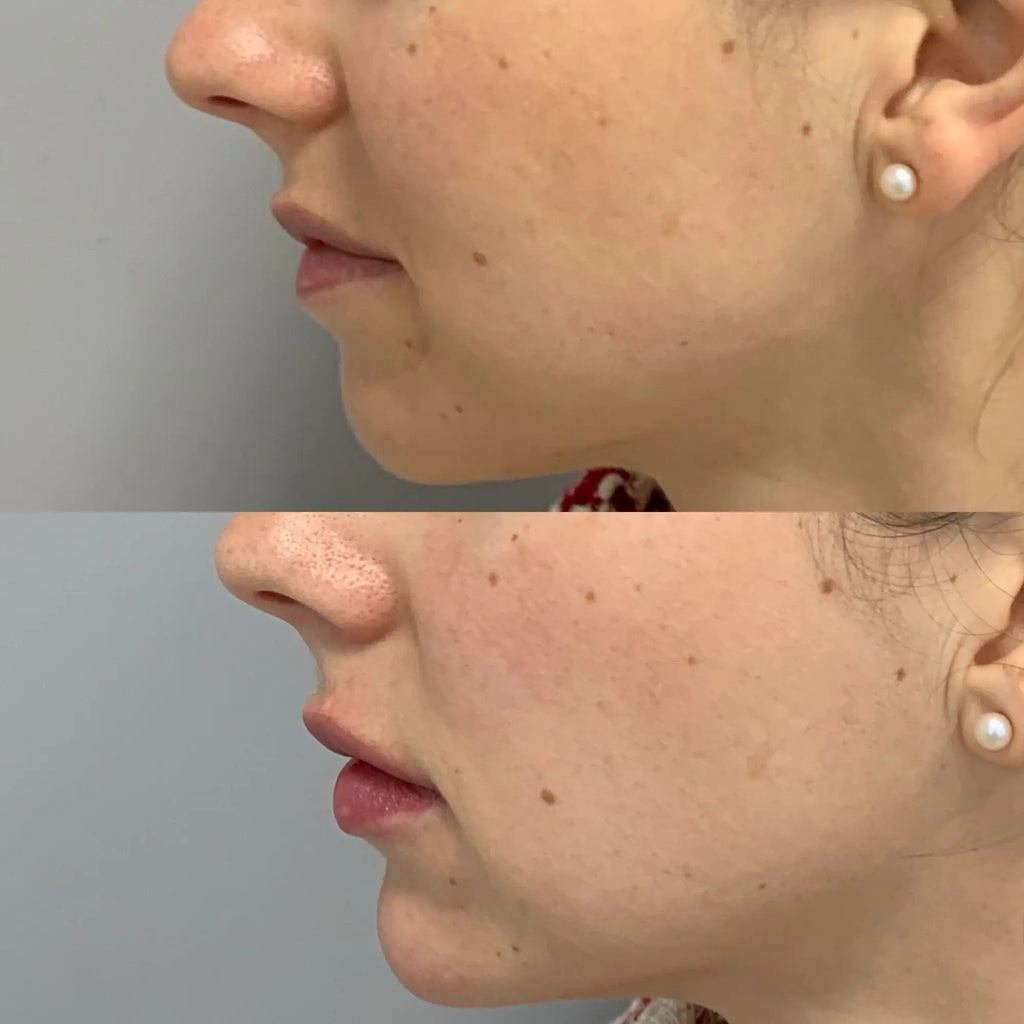
Content Verification

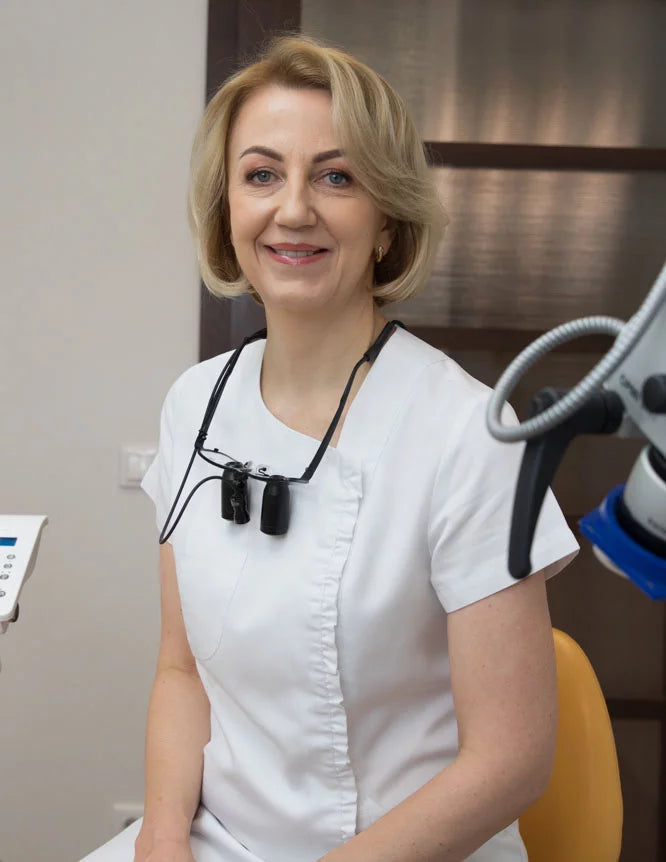

📌 Microneedling in a Nutshell 📌
✨ Boosts collagen & smooths fine lines
🕒 Takes around 30–60 minutes per session
🧴 Great for acne scars, pores & overall texture
📅 Best results seen after 3–6 sessions
⏳ Downtime is minimal – just a bit of redness!
💡 Top Tips from Our Skincare Experts 💡
🧼 Arrive with clean skin – no makeup, please!
🌞 Avoid sun exposure before & after treatment
💧 Hydrate, hydrate, hydrate – inside & out
🚫 Skip active skincare (like retinol) for a few days
🛏 Let your skin rest – no harsh scrubs post-session
Microneedling is a minimally invasive skin treatment that stimulates collagen production to improve texture and tone. It has gained popularity for its ability to reduce acne scars, fine lines, and uneven pigmentation safely. If you’re considering micro needling, understanding the micro needling before and after process is essential.
This article will guide you through what to expect before, during, and after treatment. We will explore typical results, the healing timeline, and key benefits. By the end, you’ll have a clear idea of how micro needling can transform your skin and whether it’s the right choice for you.
What is Microneedling?
Microneedling, also known as collagen induction therapy, is a minimally invasive procedure designed to improve the skin’s texture and appearance. The treatment involves creating tiny, controlled punctures in the skin using fine needles. These micro-injuries stimulate the body’s natural healing response, encouraging increased collagen and elastin production.
Dr. Laura Geige, Medical Director and Skin Expert at It’s Me & You Clinic, explains: “Microneedling works by triggering the skin’s repair mechanisms. This natural process leads to firmer, smoother skin over time, improving concerns such as fine lines, acne scars, and uneven texture.” The controlled nature of the treatment ensures safety while promoting regeneration.
There are two main types of microneedling treatments: professional and at-home dermarolling. Professional treatments use specialised devices operated by trained practitioners, allowing for deeper skin penetration and more precise results. At-home dermarolling devices typically have shorter needles, which provide milder stimulation and are suited for maintenance rather than intensive treatment.
Skin needling remains popular due to its versatility and ability to address a wide range of skin issues. As Dr. Giedre Narkiene, a dermatologist, notes, “Microneedling treatment can be customised depending on individual skin needs, making it a valuable option in modern skincare.”
What to Expect Before Your Microneedling Treatment
Before undergoing microneedling, a thorough consultation with a qualified practitioner is essential. This appointment helps assess your skin type, discuss your concerns, and establish realistic expectations. Understanding what to expect from microneedling at this stage can ease any anxieties and prepare you for the procedure.
Dr. Snieguole Geige, Medical Doctor and Senior Adviser, emphasises, “A detailed skin analysis before treatment allows us to tailor the procedure safely. We advise patients to avoid retinol, exfoliating products, and excessive sun exposure for at least a week prior to the session to minimise irritation.” Following these guidelines ensures your skin is in the best condition to respond to the treatment.
Ideal candidates are those with concerns like acne scars, uneven texture, fine lines, and mild pigmentation issues. However, microneedling may not be suitable for people with active skin infections, eczema, or severe acne. A professional will advise on the best course of action based on your skin’s unique needs. Proper preparation supports a smoother treatment and optimises results.
Microneedling Aftercare and Healing Timeline
Understanding the microneedling healing stages is important to manage expectations and ensure proper recovery. Immediately after treatment, it is normal to experience redness, mild swelling, and occasional pinpoint bleeding. These effects typically resemble a mild sunburn and should begin to subside within 24 hours.
Dr. Laura Geige explains, “The skin’s initial response to microneedling includes inflammation, which is a necessary part of the healing process. Patients can expect visible redness for up to 48 hours, but this varies depending on treatment depth.” After the first day, most people notice gradual improvement.
During days 3 to 5, the skin may feel dry or slightly flaky as it renews itself. By one week post-treatment, most of the visible side effects resolve, although subtle skin improvements continue beneath the surface. At around one month, collagen production increases significantly, leading to smoother and firmer skin.
For effective microneedling aftercare UK routines, avoid direct sun exposure and refrain from using harsh skincare products such as retinoids or acids for at least a week. Gentle moisturisers and sunscreen are recommended to protect the healing skin. Patients should also avoid heavy makeup and vigorous exercise in the immediate days following treatment.
The microneedling downtime and recovery are generally minimal, making it a convenient option for those seeking noticeable skin improvements without lengthy disruption to daily life. Proper aftercare enhances results and reduces the risk of complications.
Microneedling Before and After: Realistic Results

When considering microneedling before and after results, it’s important to have realistic expectations based on your specific skin concerns. The treatment’s ability to stimulate collagen can improve a variety of issues, but results depend on factors such as skin type, severity of the condition, and number of sessions.
Dr. Giedre Narkiene highlights, “Patients often see visible improvement after the first session, but optimal results usually require between three to six treatments spaced several weeks apart. Consistency is key to achieving long-lasting benefits.” This gradual progression helps remodel the skin effectively.
For acne scars, microneedling encourages collagen growth that softens scar tissue and improves skin texture. Many patients report noticeable smoothing after multiple sessions. Fine lines and wrinkles also respond well, with skin appearing firmer and more youthful over time.
Pigmentation issues, such as sun spots or mild hyper pigmentation, may lighten with treatment, although results can vary. Enlarged pores tend to shrink as the skin thickens and tightens with increased collagen.
Visual progress is often best appreciated through a microneedling before and after photo timeline, showing changes after one session, midway through treatment, and after completion. Many clinics provide galleries of patient results to help set expectations and demonstrate typical outcomes.
How Many Sessions Do You Need?
The number of microneedling sessions required varies, but most people benefit from between three and six treatments. This range allows enough time for the skin to produce new collagen and show noticeable improvements. Early changes can often be seen after the first session, but more significant results develop with repeated treatments.
Dr. Snieguole Geige notes, “Microneedling results after 3 sessions typically include smoother skin texture and reduced appearance of scars or fine lines. However, individual progress depends on factors such as age, skin condition, and treatment goals.” Younger skin may respond faster, while deeper scars or more advanced ageing might require additional sessions.
Your practitioner will assess your skin and tailor the treatment plan accordingly, ensuring the sessions align with your expectations. Regular appointments spaced about four to six weeks apart help maximise collagen induction without over-stressing the skin.
Monitoring microneedling progress through photos and consultations enables adjustments if needed, helping to achieve optimal results safely and effectively.
Microneedling Safety, Risks & Who Should Avoid It
Microneedling is generally safe when performed by a qualified professional, but like any treatment, it carries some risks. Common side effects include temporary redness, mild irritation, and in rare cases, infection if proper aftercare is not followed.
Dr. Laura Geige advises, “It’s crucial to consult with a trained practitioner before treatment. People with active skin conditions such as eczema, psoriasis, or severe acne should avoid microneedling until their skin has healed.” Pregnant or breastfeeding women are also usually advised to postpone treatment as a precaution.
A professional consultation helps identify any contraindications and ensures the procedure is suitable for your skin type and health. Prioritising safety and expert advice is essential for a positive experience and effective results.
Professional vs. At-Home Microneedling
There are important differences between professional microneedling and at-home dermarolling. Professional treatments use advanced devices that penetrate deeper into the skin, delivering more effective collagen stimulation. In contrast, at-home tools have shorter needles for surface-level needling, resulting in milder effects.
Dr. Giedre Narkiene explains, “While at-home microneedling can support maintenance, professional treatments provide more significant improvements in skin texture and scarring due to precise technique and stronger devices.” However, professional sessions require booking at clinics, which can be a consideration for some.
At-home dermarollers offer convenience and cost savings but carry a higher risk of improper use and infection. If you’re searching for microneedling near me or professional microneedling UK, prioritising expert care ensures safety and maximises results. Choosing the right option depends on your skin goals and comfort level with treatment.
The Bottom Line
Microneedling offers a safe and effective way to improve skin texture, reduce scars, and address fine lines. Results develop gradually, with multiple sessions enhancing benefits. While many see noticeable changes, individual outcomes vary. It’s important to consult a dermatologist or qualified clinic to discuss your skin concerns and ensure the treatment suits you. If you’re considering microneedling, explore your options and book a professional consultation to start your journey toward healthier, rejuvenated skin.
Medical Disclaimer: This article is for informational purposes only and does not constitute medical advice. Always seek the guidance of a qualified healthcare provider regarding any medical condition or treatment.
